



Suggested citation: Kemanth, Kurinji, Ramandeep Singh and Sneha Maria Ignatious. 2024. How can Punjab Increase the Adoption of Crop Residue Management Methods? Survey Insights from 11 Districts of the State. New Delhi: Council on Energy, Environment and Water.
Punjab has set a target to manage the entire 100 per cent (~20 million metric tonnes) of its paddy residue in 2024. The state aims to achieve this by scaling up the in-situ and ex-situ crop residue management (CRM) practices in the state. Last year, the state witnessed over 35,000 Kharif farm fires. While this stands lower compared to the cases reported during the pre-covid era, it continues to plague India’s clean air and climate commitments. In order to ensure a smooth transition to the zero-burn CRM methods, it is essential to learn from the experiences, challenges, and good practices followed in various districts.
This study undertakes a state-level primary survey covering nearly 1500 farmers from 11 districts of Punjab. The assessment provides a multidimensional evaluation of the state of CRM in Punjab, highlighting field-level nuances associated with the accessibility, affordability and sustained adoption of CRM methods. Through this report, we aim to inform the union and Punjab governments of the barriers that still hinder in achieving the zero burn target in Punjab and recommend immediate measures toward paddy varietal diversification, market development for residue-based products, and optimal utilisation of the current stock of CRM machines.
India’s food grain production has nearly tripled from 115.6 million tonnes (Mt) in 1960–61 to 329.6 Mt in 2022–23, with improved access to modern agricultural technologies driven by the Green Revolution (Deshpande et al. 2023). However, this heightened production has resulted in unsustainable crop residue management (CRM) strategies, such as stubble burning (Khundrakpam and Sarmah 2023). Of the 754 Mt of crop biomass produced annually, nearly 228 Mt remain as surplus after being utilised for processes such as roof thatching and cattle bedding; the majority of it is burnt (Sardar Swaran Singh National Institute of Bio- Energy n.d.). The practice of burning is prominent in northern states such as Punjab, where rice–wheat farming dominates. Factors contributing to this longstanding practice include the paddy–wheat cropping system, cultivation of long-duration paddy varieties, mechanised harvesting that leaves standing crop stubble in the field, labour scarcity and the lack of a viable market for crop residue (Kurinji and Prakash 2021).
Exposure to intense stubble burning increases the risk of acute respiratory problems threefold (Chakrabarti et al. 2019). Atmospheric modelling studies estimate that during the peak burning, stubble burning contributes up to 30 per cent of post-harvest PM 2.5 levels in the Delhi National Capital Region and surrounding areas (Khan et al. 2022; Kurinji, Khan, and Ganguly 2021). Recognising the health impacts of stubble burning, states such as Punjab have adopted several measures, including the promotion of short-duration paddy varieties to extend the stubble management window, subsidies for CRM machines, and financial incentives for industries to create a market for biomass (PIB 2023). The existing stock of Super Seeders (43,452 units) and Happy Seeders (13,560 units) – the two most prominent CRM machines – is sufficient to cover 100 per cent of the paddy fields in Punjab if deployed at maximum capacity. However, barriers to timely access to CRM machines and their inflated operational charges, coupled with misperceptions over reduced yields and pest attacks on wheat sown using in-situ CRM machines, have resulted in the lower adoption rate of zero-burn residue management (Kurinji and Prakash 2021; Prakash and Singh 2022).
Putting an end to crop residue burning could avert an economic loss1 of USD 120 million annually in Punjab (Chakrabarti et al. 2019). This requires timely deployment and widespread adoption of CRM methods at a rapid scale. To obtain a granular view of the preferred paddy variety and CRM methods, along with farmers’ experiences with using them, we conducted a survey of 1,478 farmers from 11 districts of Punjab between March and May 2023. The selected districts – Amritsar, Bathinda, Fatehgarh Sahib, Fazilka, Firozpur, Gurdaspur, Jalandhar, Ludhiana, Patiala, Sangrur, and SBS Nagar – collectively accounted for about 58 per cent of Kharif farm fires reported in Punjab in 2022. The survey aimed to answer three key questions:
We employed a multi-stage stratified sampling method to mirror Punjab’s farming population. To complement the findings, we conducted interviews with staff from agricultural departments and Krishi Vigyan Kendras (KVKs) during the analysis phase. This survey provides a multidimensional perspective on the state of CRM in Punjab and highlights multiple nuances associated with the sustained adoption of CRM methods. In response to another smoggy winter in 2023, the National Green Tribunal directed Punjab to prepare a time-bound action plan and implement phase-wise preventive measures from 1 January to 1 September 2024. Through this study, we aim to inform the union and Punjab governments of the challenges farmers face on the ground, and recommend policy measures to control stubble burning in the current and upcoming seasons.
Promoted by the government, the demand for short-duration2 paddy varieties is on the rise
High-burn districts continue to grow PUSA 44
Despite adequate machinery, fires are not entirely addressed
Figure ES1 Nearly half of the in-situ CRM machine users burned the loose straw before using the machine

Personal connections are valued over digital solutions while renting CRM machines
Figure ES2 Punjab primarily used the Super Seeder and Rotavator to manage paddy stubble in 2022
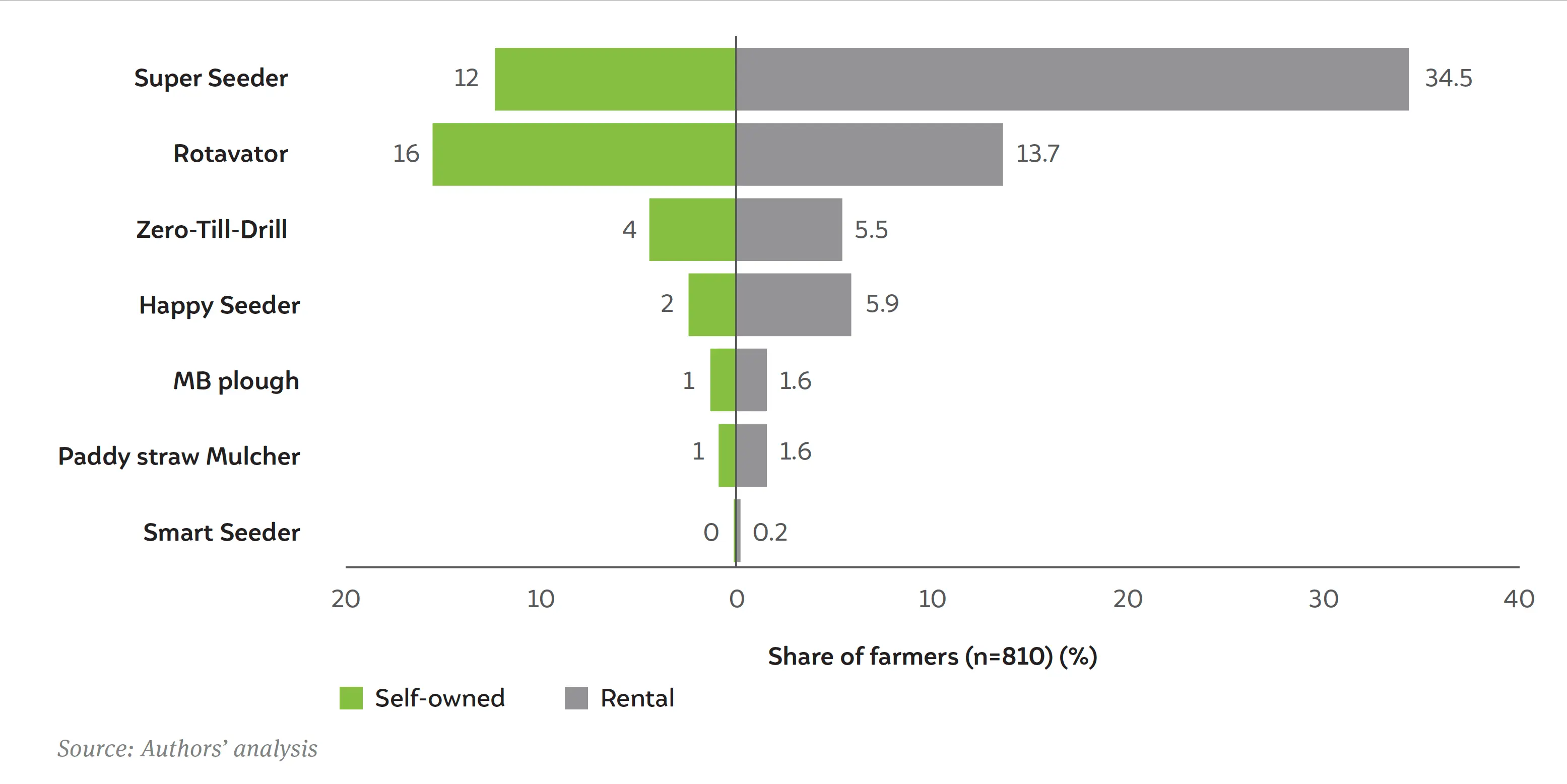
Misconceptions about pest attacks and wheat yields continue
Nearly 77 per cent of farmers following in-situ methods reported maintaining traditional sowing practices without making the recommended changes. Among them, over 20 per cent who experienced a decline in wheat yield and pest attacks attributed these issues to the use of in-situ CRM machines. Incorporating the prescribed changes in the application of irrigation, fertilisers, and rodent control measures while using in-situ machines can mitigate concerns surrounding the decline in wheat productivity and pest attacks. Further, only 7 per cent of farmers practising in-situ methods had received any training in using CRM machines.
In view of our findings, we recommend that all policy actors in Punjab and beyond focus on the following measures to reduce crop residue burning in the coming seasons
1. Economic value of disability-adjusted lives saved per year by eliminating the risk factor.
2. Farmers get a longer window for scientific paddy stubble management while growing short-duration varieties.
3. PUSA 44 is infamous for its long crop duration, excess straw generation, and high agricultural input (fertiliser, pesticides, and water) consumption (J. M. Singh et al. 2022).
It refers to the process of managing the leftover crop residue from the field after harvesting crops such as paddy, wheat, etc., using techniques like incorporation, mulching, or baling.
Farmers resort to burning as they often have a short window of 15-20 days to clear the field and sow the crops for the next season. Additionally, the limited market for crop residue and access to crop residue management machines are reasons for farmers to burn their crop residue.
India can effectively manage crop residue through crop diversification, including shifting to short-duration, lesser straw-generating paddy varieties such as the government-promoted PR126, PR128, PR121, etc. Optimal use of CRM machines such as Super Seeders etc., and scaling up ex-situ options such as use in industries and compressed biogass plants also result in effective utilisation of leftover crop residue.
Burning one tonne of crop residue releases 1460 kg of CO2, 6 kg of CO, 3 kg of particulate matter, and 2 kg of SO2. Scientific estimates suggest that crop residue burning contributes about 15 per cent to India’s PM2.5 emission load annually. The Decision Support System of Delhi estimates stubble burning in northwestern states contributes about 20-30 per cent to Delhi’s PM2.5 pollution load during the peak burning period.
The most commonly used machines for crop residue management are Super Seeders, Rotavators, Zero-Till-Drill and Happy Seeders for in-situ, while Balers, Rakers, etc. are used for ex-situ crop residue management.
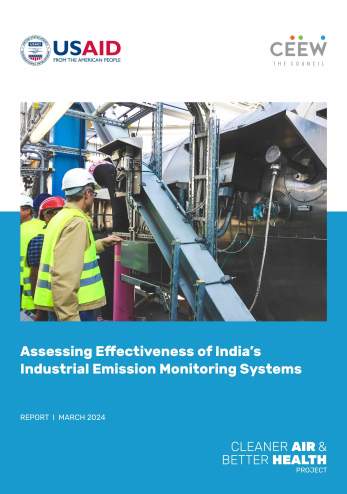
Assessing Effectiveness of India’s Industrial Emission Monitoring Systems
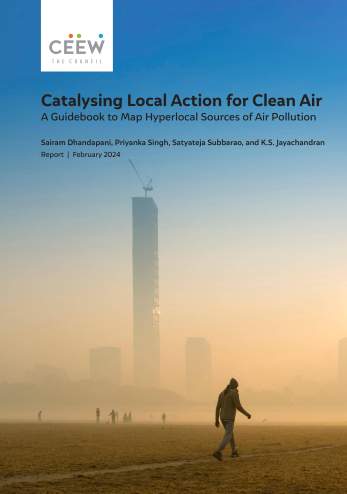
Catalysing Local Action for Clean Air
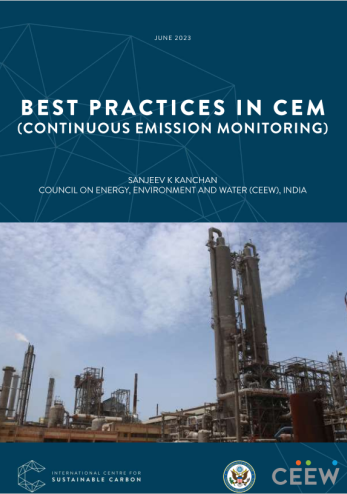
Best Practices in CEM (Continuous Emission Monitoring)
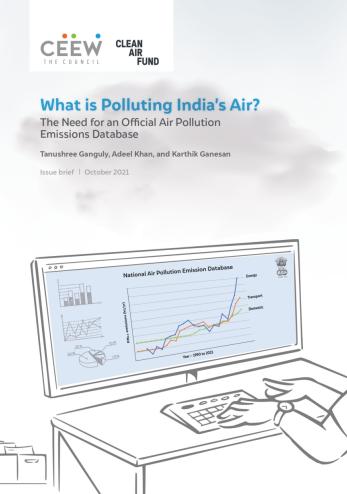
What is Polluting India’s Air? The Need for an Official Air Pollution Emissions Database